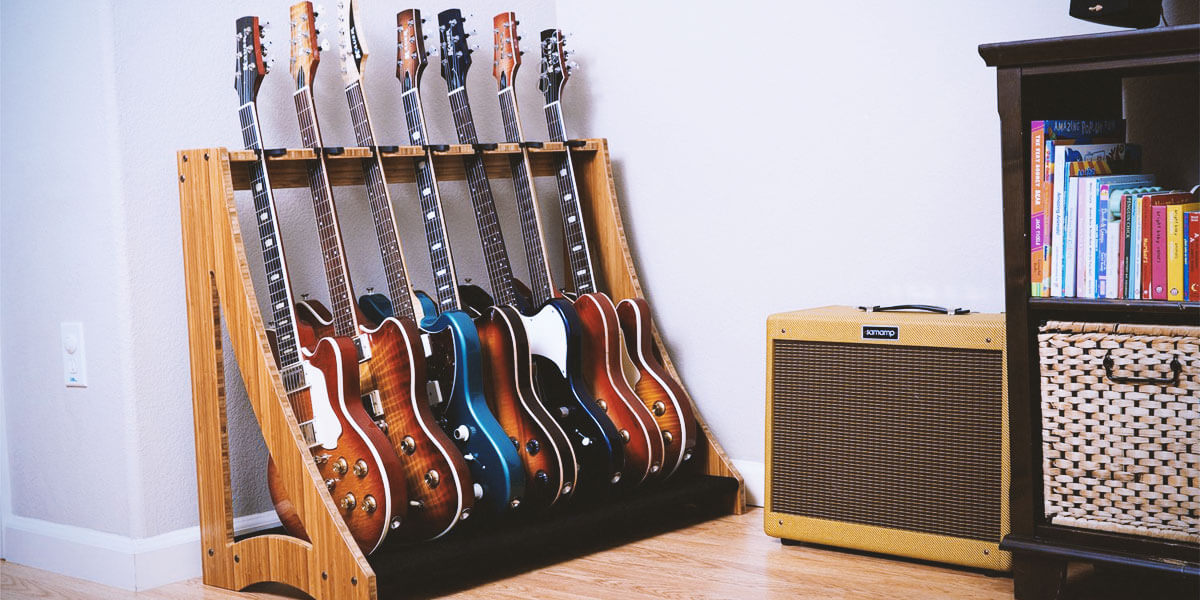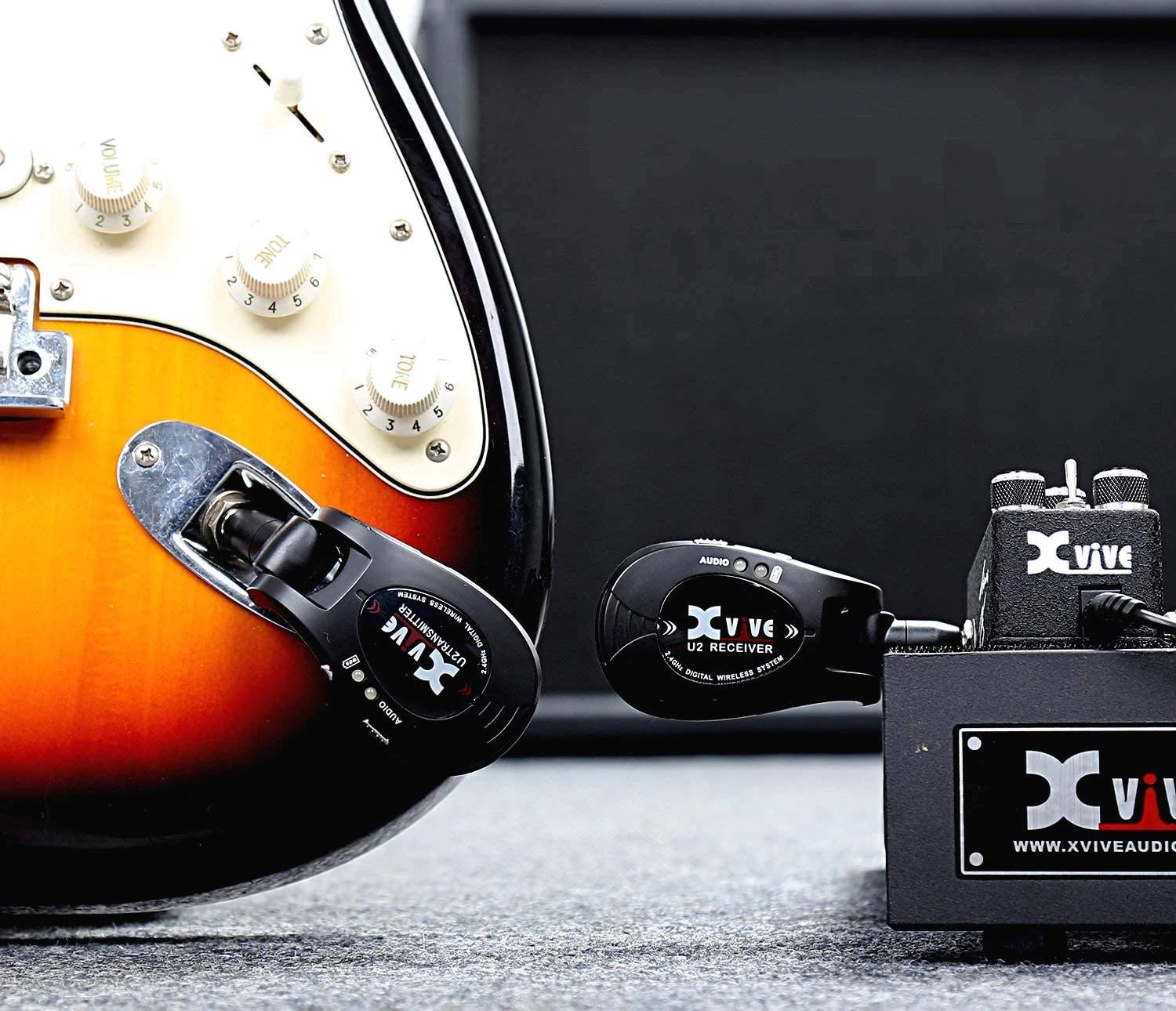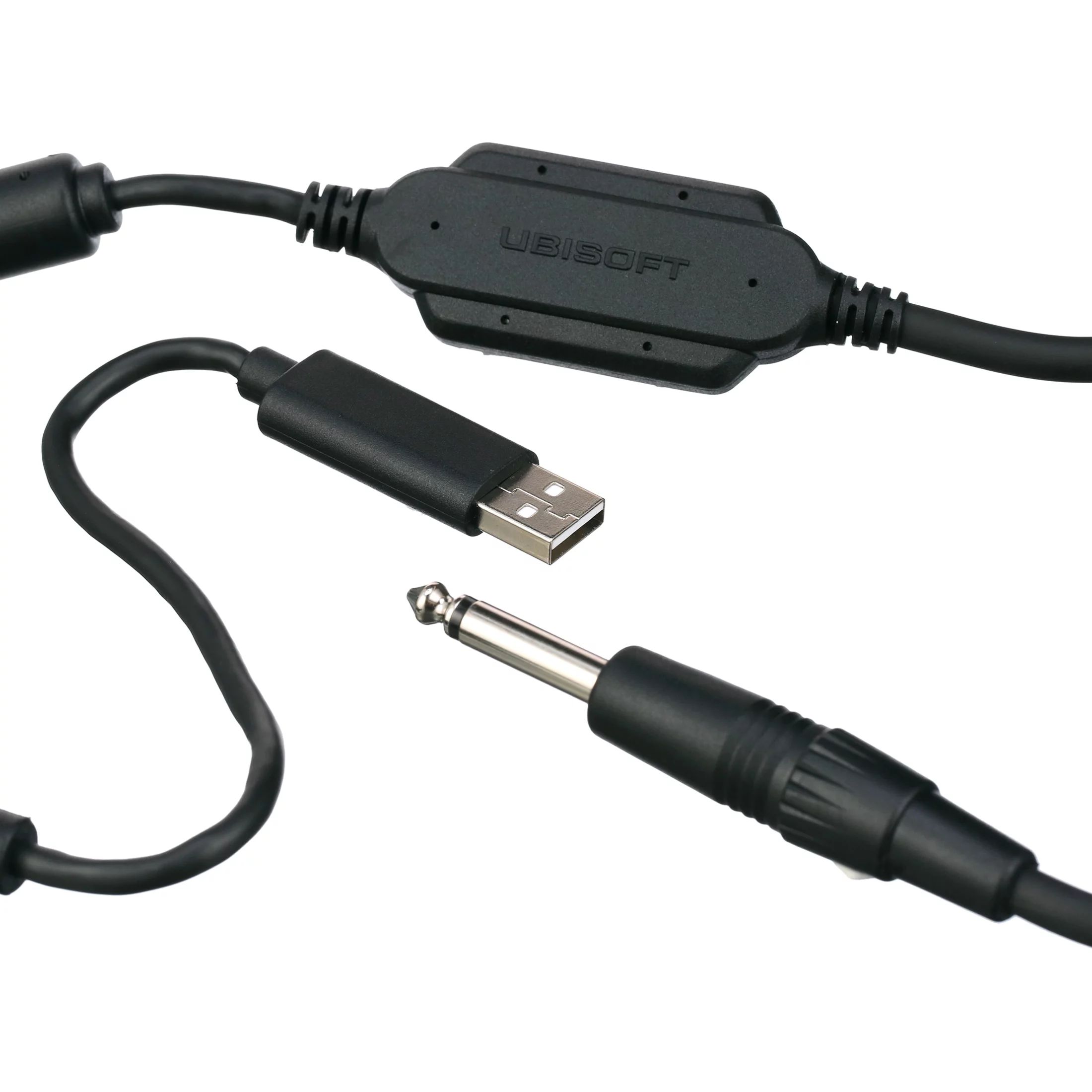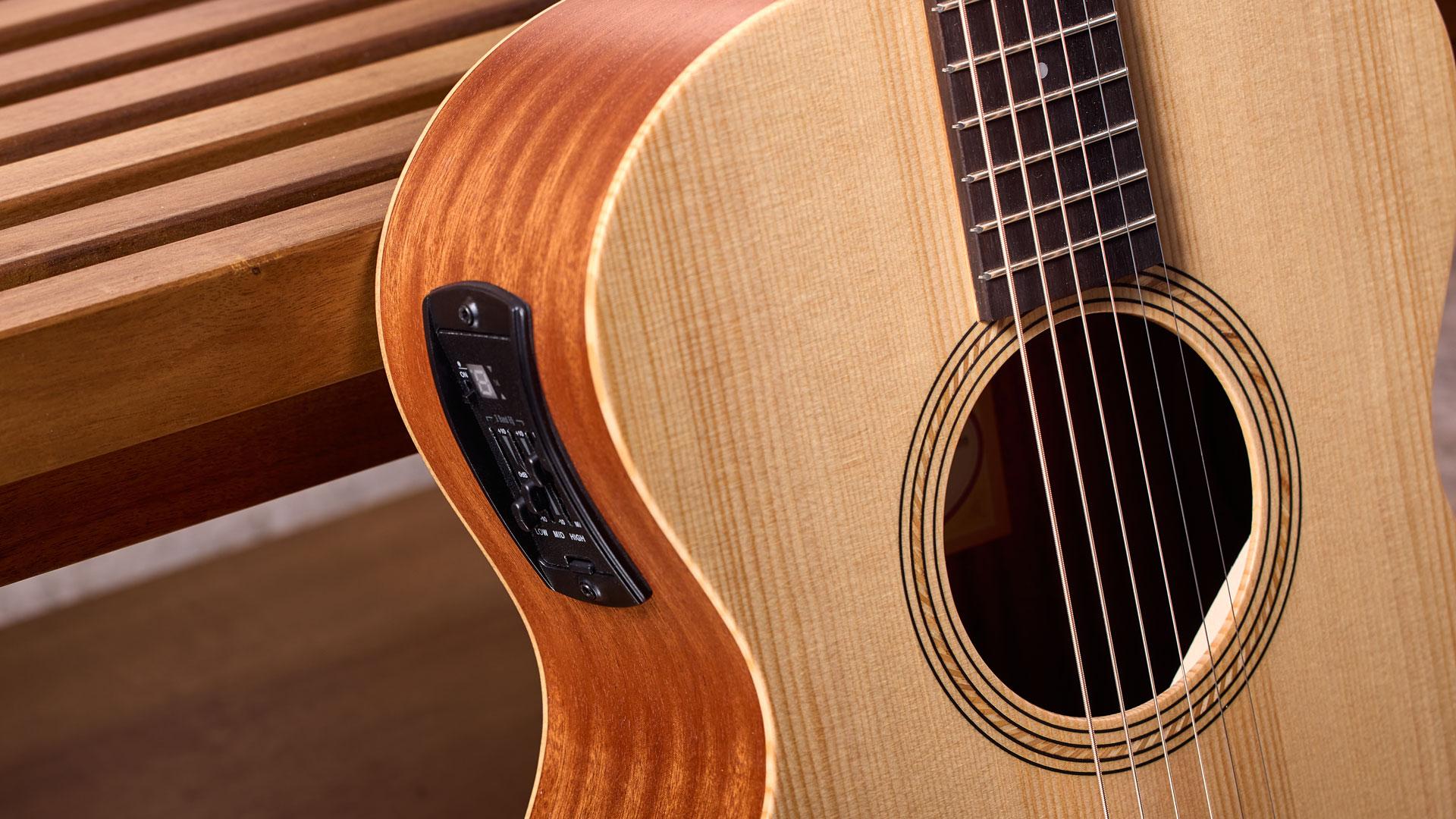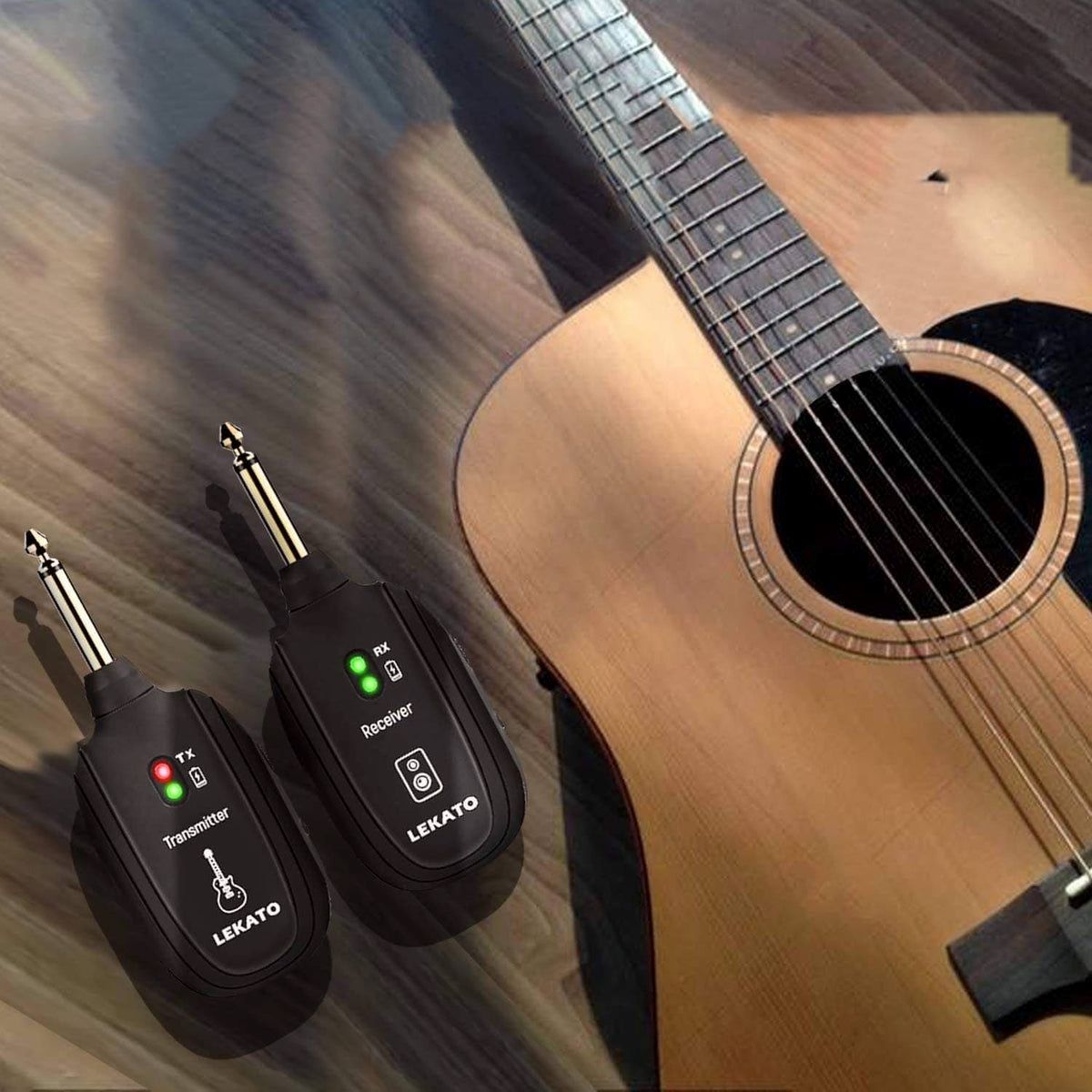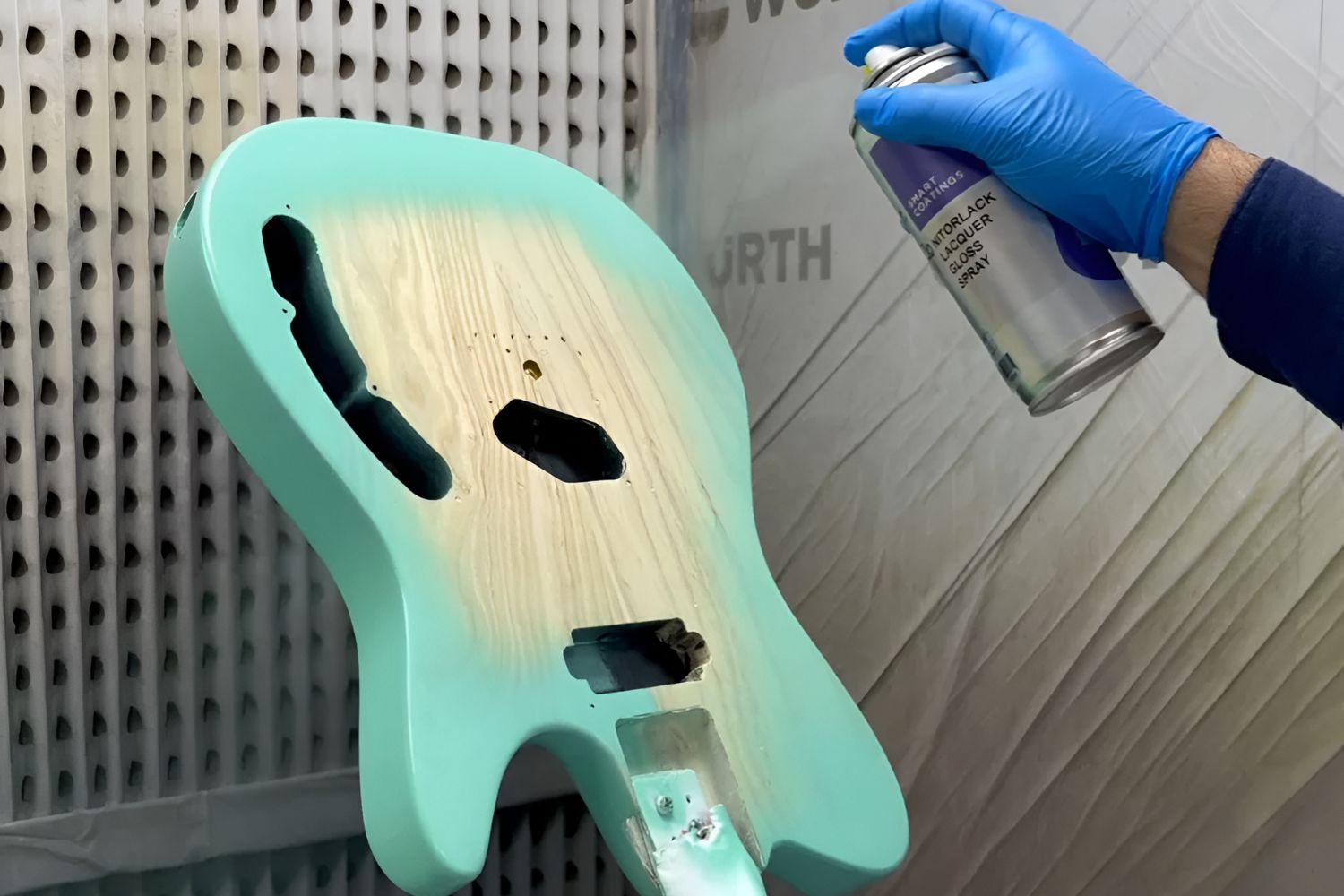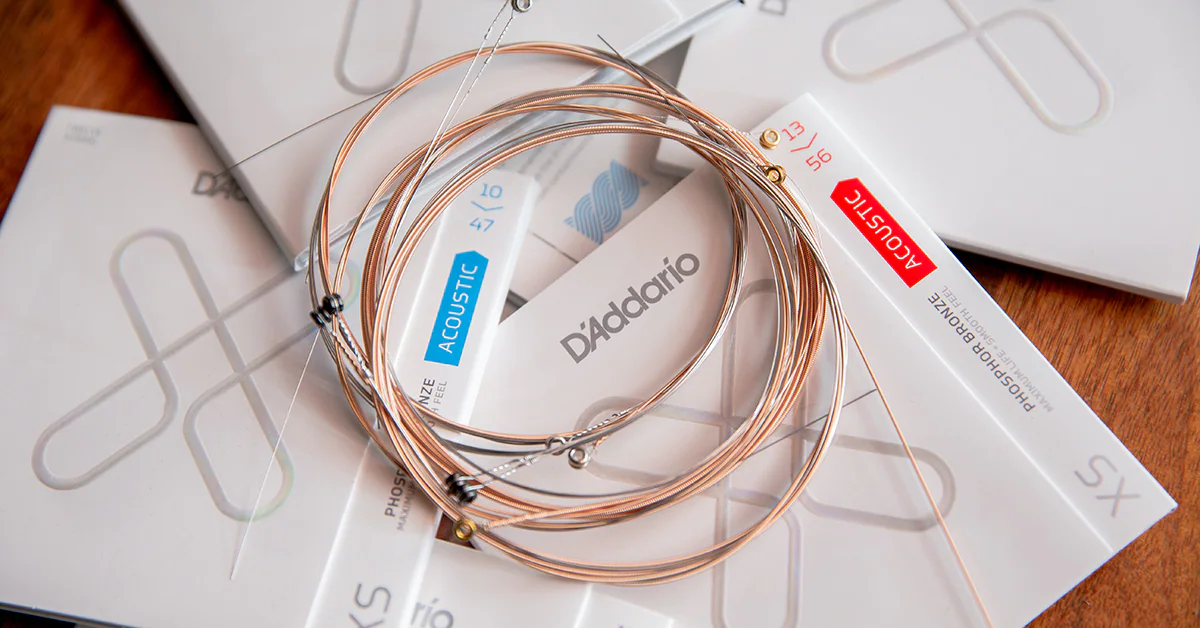Introduction
How Long Does an Electric Guitar Last?
An electric guitar is not just a musical instrument; it's a companion, a creative outlet, and an extension of the musician's personality. Whether you're a seasoned professional or a budding enthusiast, the lifespan of your electric guitar is a significant consideration. Understanding the factors that influence its durability and knowing how to maintain and care for it can significantly impact its longevity. In this article, we'll explore the various elements that contribute to the lifespan of an electric guitar, provide insights into effective maintenance practices, and offer guidance on recognizing when it might be time to consider a replacement.
The longevity of an electric guitar is influenced by a myriad of factors, including the quality of its construction, the materials used, the frequency and intensity of use, and the level of care it receives. While some guitars may endure for decades, others may require replacement after a relatively short period. By delving into these determinants and learning how to preserve and protect your instrument, you can extend its lifespan and continue to create beautiful music for years to come. Let's embark on a journey to unravel the mysteries of electric guitar longevity and discover the secrets to ensuring that your cherished instrument remains in prime condition.
Factors Affecting the Lifespan of an Electric Guitar
Factors Affecting the Lifespan of an Electric Guitar
The lifespan of an electric guitar is influenced by a multitude of factors, each playing a crucial role in determining how long the instrument will remain in optimal condition. Understanding these factors is essential for guitarists who wish to maximize the longevity of their beloved instruments.
Quality of Construction
The craftsmanship and build quality of an electric guitar are fundamental to its durability. Guitars constructed with high-quality materials and meticulous attention to detail are more likely to withstand the test of time. Factors such as the type of wood used, the precision of assembly, and the integrity of the hardware and electronics all contribute to the overall resilience of the instrument.
Maintenance and Care
The care and maintenance practices employed by the guitarist have a profound impact on the lifespan of the instrument. Regular cleaning, proper storage, and appropriate handling all play a vital role in preserving the guitar’s condition. Additionally, maintaining optimal string tension, addressing any structural issues promptly, and ensuring the instrument is shielded from environmental hazards are essential for prolonging its lifespan.
Frequency and Intensity of Use
The frequency and intensity of use can significantly affect an electric guitar’s lifespan. Guitars that are subjected to rigorous touring, frequent performances, or extended recording sessions may experience accelerated wear and tear. Conversely, instruments that are played more sporadically and with less intensity may exhibit a slower rate of deterioration.
Environmental Conditions
The environment in which the guitar is stored and played can impact its longevity. Exposure to extreme temperatures, humidity, or direct sunlight can compromise the structural integrity of the instrument. Proper climate control and storage practices are essential for mitigating the detrimental effects of environmental conditions.
Level of Care
The level of care and attention given to the instrument by its owner is a critical determinant of its lifespan. Regular inspections, addressing any issues promptly, and investing in professional maintenance when necessary can significantly extend the guitar’s longevity.
By understanding and addressing these factors, guitarists can take proactive measures to ensure that their electric guitars remain in optimal condition for years to come.
Regular Maintenance and Care
Proper maintenance and care are paramount in preserving the lifespan of an electric guitar. Implementing routine maintenance practices and adopting careful handling procedures can significantly impact the instrument’s longevity.
Cleaning and Polishing
Regular cleaning and polishing are essential for preserving the aesthetic appeal and structural integrity of the guitar. Removing dust, fingerprints, and debris from the instrument’s surfaces not only enhances its visual appeal but also prevents the accumulation of corrosive agents that can degrade the finish and hardware over time.
String Maintenance
String maintenance is crucial for ensuring optimal playability and tone. Regularly cleaning the strings after each use and replacing them when they show signs of wear can prevent premature fret and fingerboard damage while maintaining the instrument’s sonic quality.
Adjustments and Setups
Periodic adjustments and setups by a qualified technician are vital for ensuring that the guitar’s components, such as the truss rod, bridge, and intonation, are properly calibrated. This not only enhances playability but also mitigates potential structural issues that may arise from prolonged use.
Storage and Climate Control
Proper storage and climate control are imperative for safeguarding the guitar against environmental hazards. Storing the instrument in a protective case, maintaining optimal humidity levels, and shielding it from extreme temperatures can prevent warping, cracking, and other damage associated with adverse environmental conditions.
Handling and Transportation
Gentle and careful handling of the guitar, especially during transportation, is essential for preventing accidental damage. Using a padded gig bag or hard case and securing the instrument to minimize movement can protect it from impacts and jostling that may compromise its structural integrity.
Professional Inspections
Regular professional inspections by a qualified luthier or guitar technician can help identify and address any underlying issues before they escalate. Timely intervention and expert maintenance can rectify potential problems and prolong the instrument’s lifespan.
By incorporating these maintenance practices into their routine, guitarists can ensure that their electric guitars remain in prime condition, allowing for years of enjoyment and musical creativity.
Signs Your Electric Guitar Needs Replacement
While electric guitars are designed to be durable and long-lasting, there are instances where wear and tear, damage, or structural issues may necessitate the consideration of a replacement. Recognizing the signs that indicate the need for a new instrument is essential for ensuring that the guitarist’s musical endeavors are not compromised by a deteriorating or unreliable guitar.
Irreparable Structural Damage
Irreparable structural damage, such as severe cracks, warping, or extensive neck or body damage, may render the guitar unfit for continued use. These issues can compromise playability, intonation, and overall structural integrity, indicating that the instrument may need to be replaced.
Electronic Malfunctions
Persistent electronic malfunctions, such as crackling or inconsistent output from pickups, static or noise from the controls, or intermittent connectivity issues, can significantly impede the guitar’s performance and sonic quality. If these issues persist despite professional servicing, it may be time to consider a replacement.
Excessive Fret Wear
Excessive fret wear, manifested as divots, grooves, or uneven frets, can detrimentally impact the guitar’s playability and intonation. When fret wear becomes irreparable or compromises the instrument’s ability to produce clear and consistent notes, replacing the guitar may be the most viable solution.
Incurable Intonation and Setup Problems
Persistent intonation and setup problems, despite professional adjustments and setups, may indicate underlying issues that render the guitar unsuitable for optimal performance. Difficulty in achieving accurate tuning, consistent action, or proper intonation may suggest that the instrument has reached the end of its serviceable lifespan.
Unrestorable Sonic Quality
If the guitar’s sonic quality deteriorates to a point where it cannot be restored to its former tonal excellence, despite string changes, pickup adjustments, and amplifier modifications, it may be indicative of irreversible sonic degradation that warrants the consideration of a replacement.
Obsolete or Unavailable Parts
Obsolete or unavailable replacement parts for the guitar, especially in the case of vintage or rare models, can pose significant challenges in maintaining and repairing the instrument. When the unavailability of essential components impedes the restoration of the guitar to a fully functional state, replacement becomes a practical course of action.
Recognizing these signs can empower guitarists to make informed decisions regarding the replacement of their electric guitars, ensuring that their musical pursuits continue unhindered by the limitations of an ailing instrument.
Conclusion
As we conclude our exploration of the lifespan of electric guitars, it becomes evident that the durability and longevity of these instruments are influenced by a myriad of factors, ranging from construction quality and maintenance practices to environmental conditions and usage patterns. By understanding these determinants and actively engaging in effective maintenance and care, guitarists can prolong the lifespan of their electric guitars, allowing for years of musical inspiration and creativity.
Moreover, recognizing the signs that indicate the need for a replacement is crucial for ensuring that the guitarist’s musical endeavors are not hindered by a deteriorating or unreliable instrument. Whether it’s irreparable structural damage, persistent electronic malfunctions, excessive fret wear, incurable intonation problems, sonic degradation, or unavailability of essential parts, being attuned to these indicators empowers guitarists to make informed decisions regarding the replacement of their electric guitars.
Ultimately, the journey of an electric guitar is a testament to the bond between musician and instrument, a relationship that evolves through years of shared experiences and musical expression. By embracing the responsibility of preserving and caring for their guitars, musicians can extend the lifespan of these cherished instruments, ensuring that they continue to be sources of joy, creativity, and sonic artistry for generations to come.







